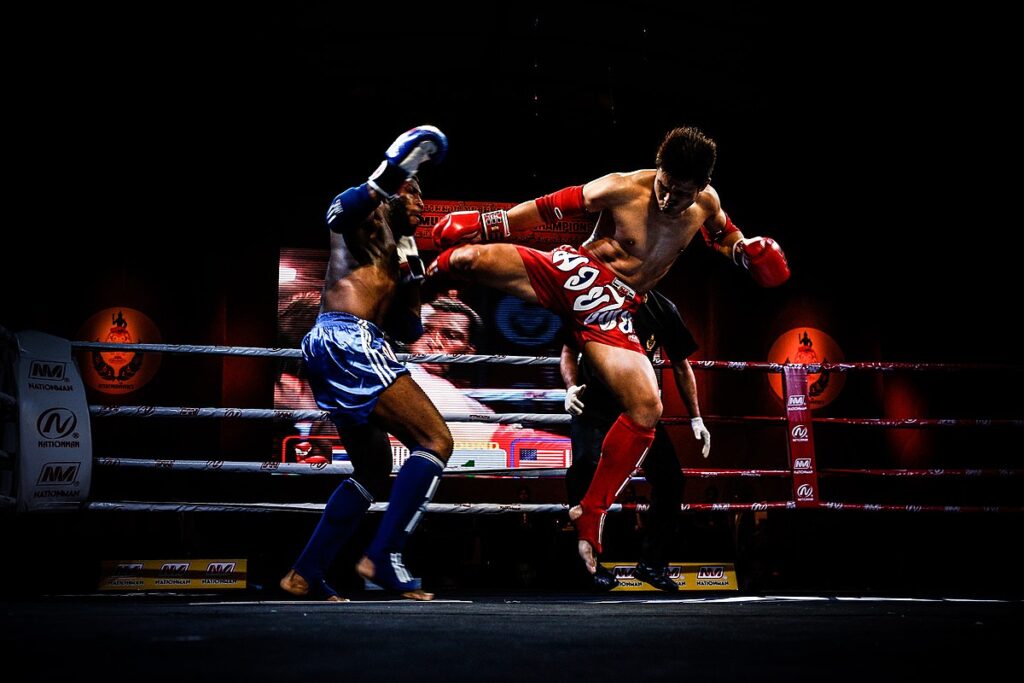Are you interested in learning about the culture behind Thailand’s traditional Muay Thai boxing? Well, you’re in luck! In this article, we’ll take a deep dive into this ancient martial art and explore the rich history and traditions surrounding it. Whether you’re a fan of combat sports or simply curious about Thai culture, there’s something here for everyone.
Muay Thai, also known as the “Art of Eight Limbs,” is a striking-based martial art that utilizes various techniques involving the fists, elbows, knees, and shins. It has a long and storied history, dating back hundreds of years. In Thailand, this combat sport is deeply embedded in the country’s culture and is regarded as a national treasure.
Throughout the article, we’ll delve into the various aspects of Muay Thai, including its origins, training methods, and the role it plays in Thai society. From the historic significance of the Wai Kru dance performed before each fight to the strict etiquette observed within the training camps, you’ll gain a comprehensive understanding of the traditions that shape this ancient martial art.
So, if you’re eager to learn more about Thailand’s traditional Muay Thai boxing culture, keep reading. We’ll unravel the secrets behind the techniques, the significance of the rituals, and the impact it has on both the fighters and the community at large. Get ready to immerse yourself in the world of Muay Thai like never before!
Overview of Muay Thai Boxing
Welcome to a comprehensive guide to Thailand’s traditional Muay Thai boxing culture! In this article, we will explore the origins, techniques, training, equipment, famous fighters and competitions, cultural significance, controversies, and challenges associated with this ancient martial art. Muay Thai, also known as the “Art of Eight Limbs,” is a combat sport that incorporates strikes from various parts of the body, including fists, elbows, knees, and shins.
Origins of Muay Thai
Muay Thai’s origins can be traced back hundreds of years to the ancient battlefields of Thailand. It evolved from various forms of hand-to-hand combat techniques used by Thai soldiers in warfare. Over time, these techniques were refined and formalized into a martial art practiced for self-defense and later for sport. Muay Thai’s history is deeply intertwined with the Thai kingdom’s culture, and it has become an integral part of the nation’s identity.
Importance of Muay Thai in Thai Culture
Muay Thai holds immense cultural importance in Thailand. It is not just a sport but represents the nation’s history, tradition, and values. The discipline, respect, and mental strength required in Muay Thai are highly regarded in Thai society. The sport is deeply ingrained in the fabric of everyday life, with Thai people of all ages and backgrounds participating in or supporting this national pastime.
Techniques and Skills in Muay Thai
Muay Thai boasts a wide array of techniques and skills aimed at maximizing both offensive and defensive capabilities. It can be roughly divided into basic and advanced techniques, each serving a unique purpose.
Basic Muay Thai Techniques
The foundational techniques in Muay Thai include punches, elbows, knees, and kicks. These fundamental strikes form the building blocks for more complex combinations. The precise execution of these techniques, combined with proper footwork and body positioning, is crucial for success in the ring. Additionally, clinching, the art of grappling and controlling an opponent, is a unique feature of Muay Thai and plays a significant role in close-quarters combat.
Advanced Techniques in Muay Thai
Once the basic techniques are mastered, Muay Thai practitioners can delve into more advanced and elaborate combinations. These include techniques like spinning backfists, jumping knees, and flying elbows. Advanced fighters often display exceptional agility, timing, and creativity in their use of these techniques to surprise and overwhelm their opponents.
Defensive Strategies in Muay Thai
In addition to offensive techniques, defensive strategies are vital in Muay Thai. Fighters employ evasive movements, such as blocking, parrying, and weaving, to avoid direct hits. Clinching is also employed defensively to neutralize an opponent’s strikes and gain control of the fight. Developing a keen sense of anticipation and maintaining a strong guard are essential for protecting oneself in the ring.
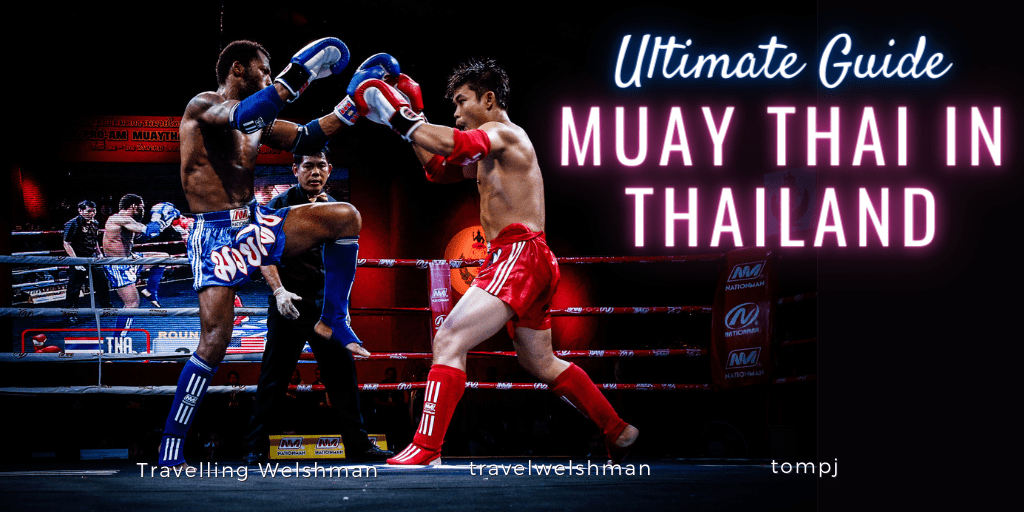
Training and Preparation for Muay Thai
Becoming a proficient Muay Thai fighter requires rigorous training and preparation. Mastery of the physical, mental, and nutritional aspects of the sport is crucial for achieving peak performance in the ring.
Physical Conditioning for Muay Thai Fighters
Muay Thai training incorporates intense cardiovascular exercises, strength and conditioning drills, and endurance training. Long-distance runs, skipping rope, hitting heavy bags, and practicing shadow boxing are common training methods. Additionally, fighters engage in resistance training to build muscular strength and explosive power required for delivering powerful strikes.
Mental Training and Focus
Muay Thai places a significant emphasis on mental training and focus. Fighters must develop mental resilience, discipline, and the ability to remain calm under pressure. Meditation and visualization techniques are often used to cultivate mental strength, enhance concentration, and form a strong connection between the mind and body.
Diet and Nutrition for Muay Thai Athletes
Proper nutrition is crucial for fueling a Muay Thai fighter’s intense training regimen and ensuring optimal performance. A diet rich in lean proteins, complex carbohydrates, and healthy fats is essential for muscle recovery, energy production, and maintaining an ideal weight class. Hydration is also fundamental to prevent dehydration during training sessions and fights.
Muay Thai Equipment and Gear
Muay Thai fighters utilize specific equipment and gear to protect themselves and enhance their performance.
Traditional Muay Thai Attires and Accessories
Traditionally, Muay Thai fighters wear a “muay” or “suer” (headband) during fights as a symbol of respect and tradition. The Mongkol, a cloth worn around the forehead, is another traditional accessory. Fighters also don “pra jiad,” armbands blessed by a respected figure, as a representation of good luck and protection.
Essential Protective Gear for Muay Thai Fighters
To ensure safety, Muay Thai fighters wear protective gear during training and matches. This includes gloves, hand wraps, shin guards, mouthguards, groin guards, and headgear. These gears help minimize the risk of injury without compromising the speed and agility required for effective strikes and defense.
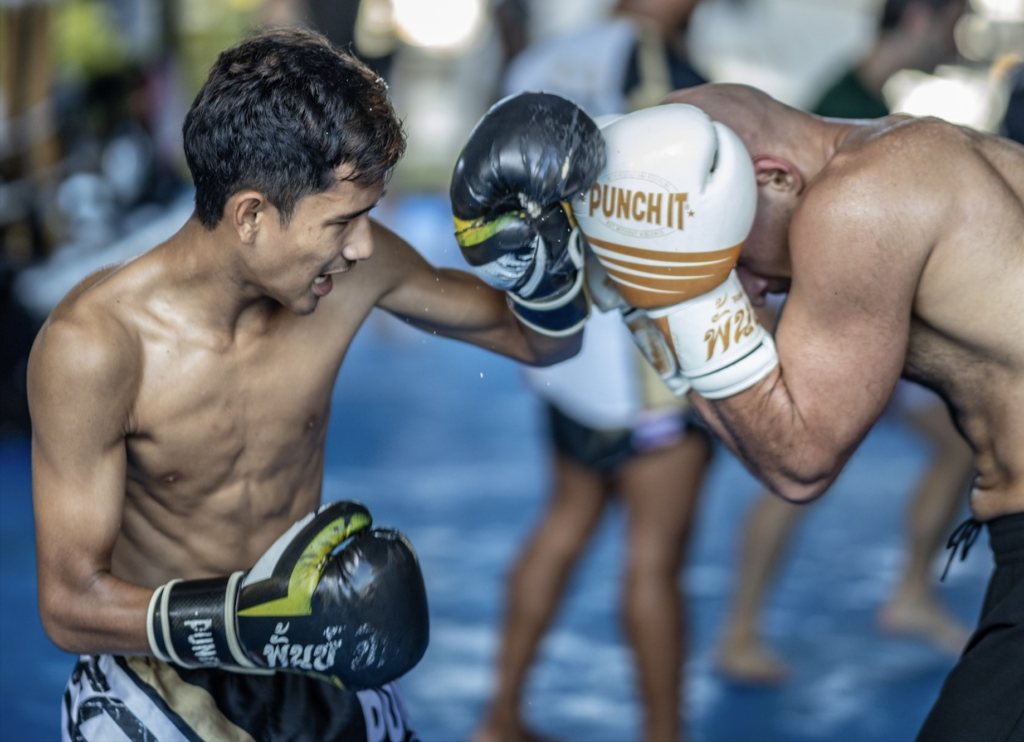
Famous Muay Thai Fighters and Competitions
Thailand has produced numerous legendary Muay Thai fighters who have achieved international acclaim for their skills and achievements.
Legends of Muay Thai Boxing
Fighters like Nai Khanom Tom, Samart Payakaroon, and Buakaw Banchamek have etched their names in Muay Thai history. Renowned for their exceptional techniques, indomitable spirit, and numerous championship titles, these fighters have become icons in the sport and inspire generations of aspiring fighters.
Prominent Muay Thai Competitions in Thailand
Thailand is home to several notable Muay Thai competitions, with thousands of spectators flocking to witness these intense displays of skill and sportsmanship. Events like the “Rajadamnern Stadium Championship” and the “Lumpinee Boxing Stadium Championship” attract fighters from across the country and the world, vying for recognition and glory. These competitions showcase the very best of Muay Thai techniques and the unwavering passion of its practitioners.
The Role of Muay Thai in Thai Tourism
Muay Thai holds a significant place in Thailand’s tourism industry, attracting visitors from around the globe eager to experience the country’s rich cultural heritage and witness the art of Muay Thai firsthand.
Muay Thai Shows and Demonstrations for Tourists
Tourists can enjoy the spectacle of Muay Thai through shows and live demonstrations organized in various cities throughout Thailand. These events offer an opportunity to witness the grace, power, and skill of Muay Thai fighters in action. The electrifying atmosphere, vibrant music, and colorful attire create an unforgettable experience for visitors.
Muay Thai Training Camps for Foreign Enthusiasts
For those seeking a more immersive experience, Muay Thai training camps cater to foreign enthusiasts of all skill levels. These camps offer intensive training programs conducted by experienced trainers, providing participants with a chance to learn from seasoned professionals while improving their overall fitness and self-defense techniques.
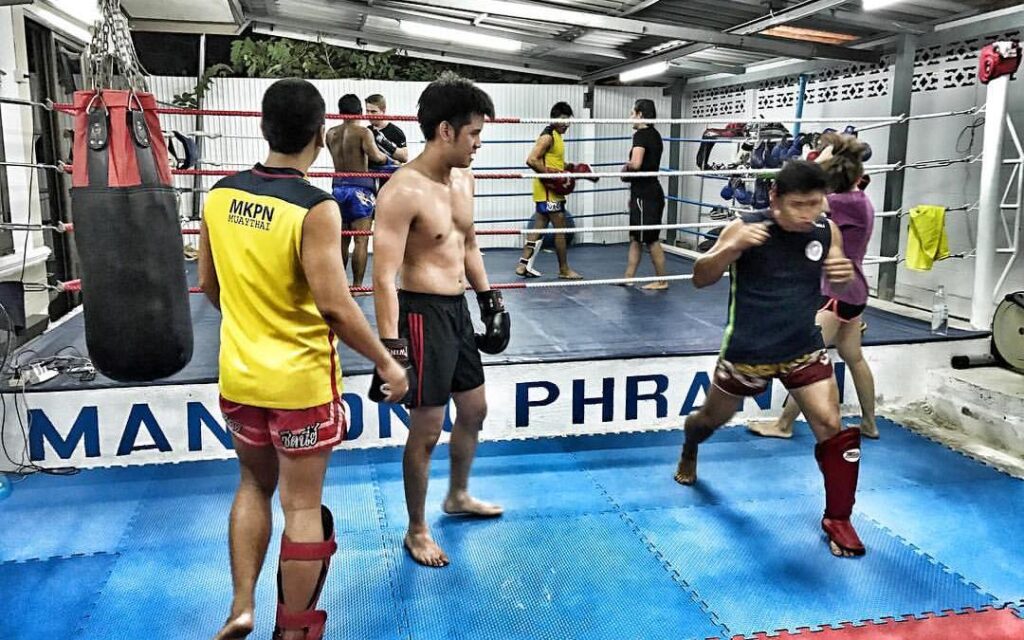
Muay Thai’s Influence on Martial Arts
Muay Thai’s influence extends beyond Thailand’s borders, making an indelible impact on the world of martial arts.
Muay Thai’s Impact on Mixed Martial Arts (MMA)
Muay Thai has become an integral part of Mixed Martial Arts (MMA) due to its effectiveness in stand-up striking. Many MMA fighters incorporate Muay Thai techniques into their arsenal, using the sport’s devastating strikes, clinching, and footwork to gain an advantage in the octagon. The popularity of Muay Thai in MMA has further elevated the status of the sport on the global stage.
Integration of Muay Thai Techniques in Various Combat Sports
Muay Thai’s techniques have also permeated various other combat sports, including kickboxing and traditional boxing. The incorporation of Muay Thai strikes and strategies has enhanced the efficacy and diversity of these disciplines, allowing athletes to adopt a more varied and formidable approach to their craft.
Muay Thai’s Cultural Significance
Beyond its practical applications and sporting prowess, Muay Thai holds deep cultural significance in Thailand, encompassing spiritual and ritualistic elements.
Spiritual and Ritualistic Elements in Muay Thai
Before fights, Muay Thai fighters often engage in rituals to pay homage to their trainers, seek blessings, and purify their minds and bodies. “Wai khru” is a traditional dance performed as a mark of respect to show gratitude to teachers and ancestors. It is believed to channel the fighters’ spirit and demonstrate reverence for the art.
Muay Thai as a Symbol of National Identity
Muay Thai serves as a powerful symbol of Thai national identity. The art form embodies the resilience, discipline, and courage of the Thai people. It unites communities, fosters pride, and reminds Thais of their rich historical and cultural heritage.
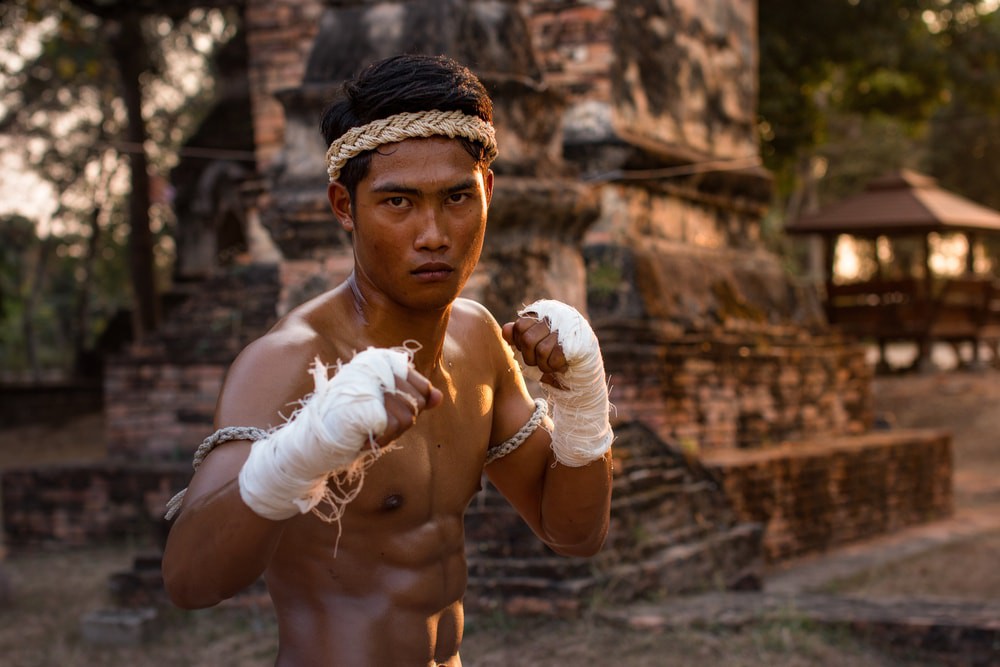
Controversies and Challenges in Muay Thai
As with any combat sport, Muay Thai faces its share of controversies and challenges.
Doping and Substance Abuse in Muay Thai
The use of performance-enhancing drugs and substance abuse in Muay Thai has emerged as a significant concern. The desire for enhanced performance and a competitive edge has led some fighters to resort to banned substances, tarnishing the sport’s reputation and jeopardizing the health and safety of those involved. Efforts are being made to combat this issue through education, testing, and stricter regulations.
Safety Concerns in Muay Thai Matches
The physical nature of Muay Thai matches exposes fighters to the risk of injuries, including cuts, bruises, and concussions. Ensuring proper medical care, comprehensive rules, and appropriate safety measures are essential in safeguarding the well-being of the athletes.
Conclusion
Muay Thai’s deep-rooted cultural importance, relentless training regimen, and technical excellence make it a captivating martial art and combat sport. Thailand’s traditional Muay Thai boxing culture encompasses a rich tapestry of history, traditions, and values that continue to resonate with people worldwide. Whether you’re an avid enthusiast, a curious traveler, or an athlete looking to broaden your skillset, exploring the world of Muay Thai will undoubtedly leave a lasting impression. Embrace the art, respect the tradition, and unlock the boundless potential within you. Welcome to the world of Muay Thai!
